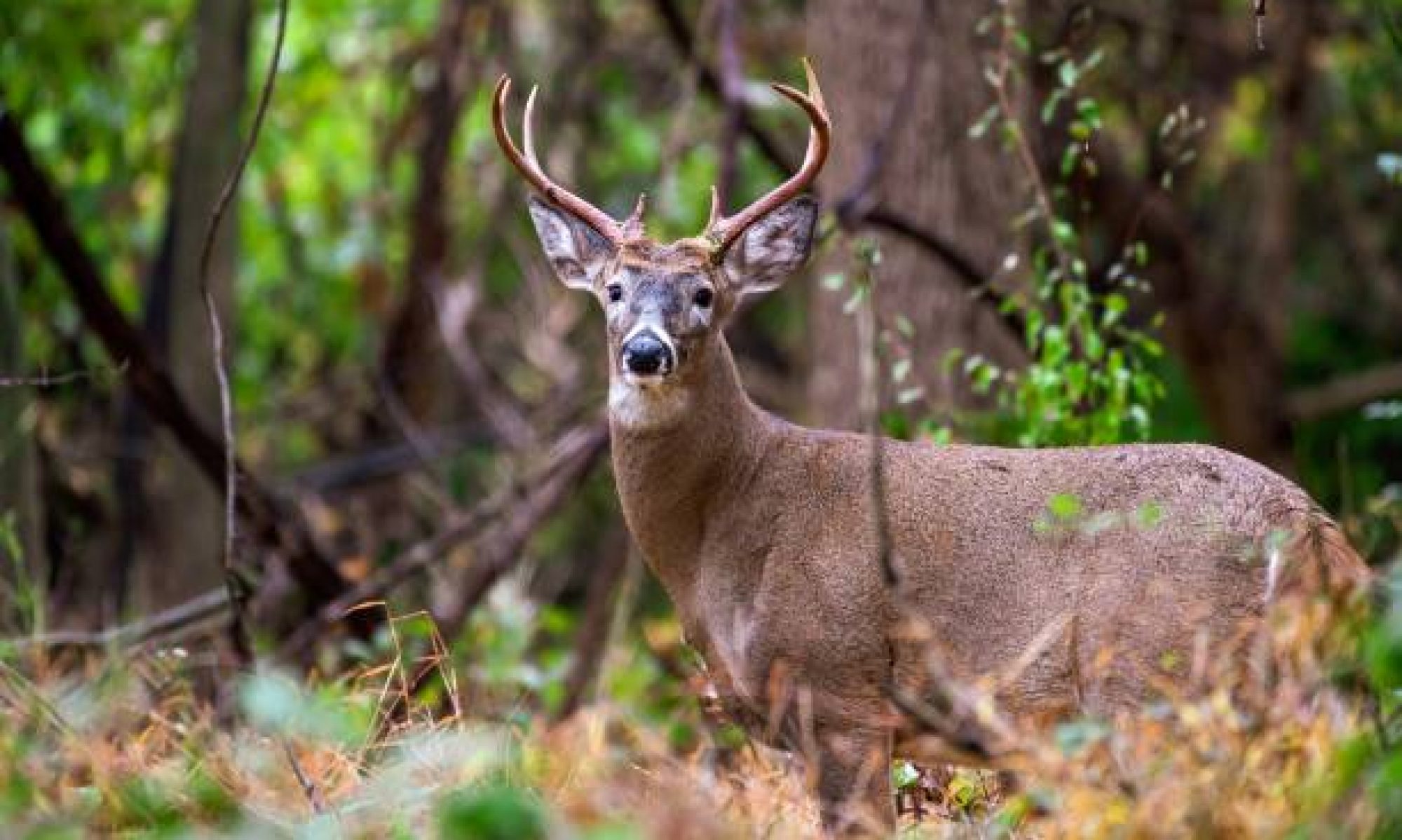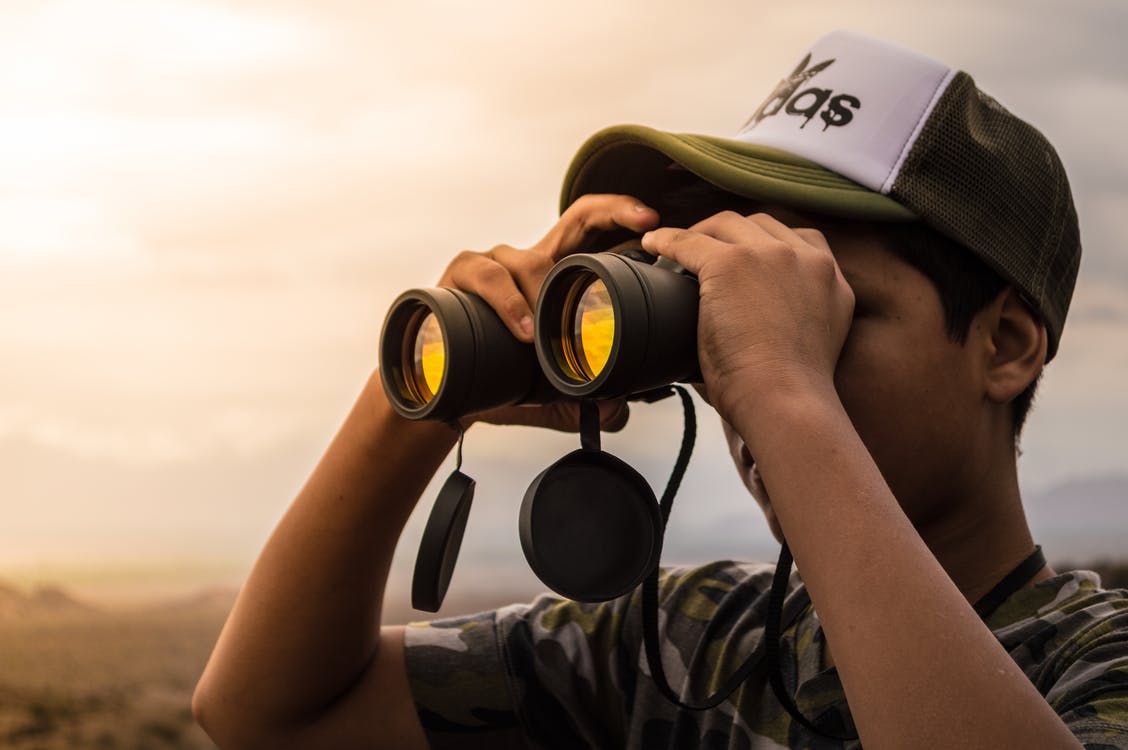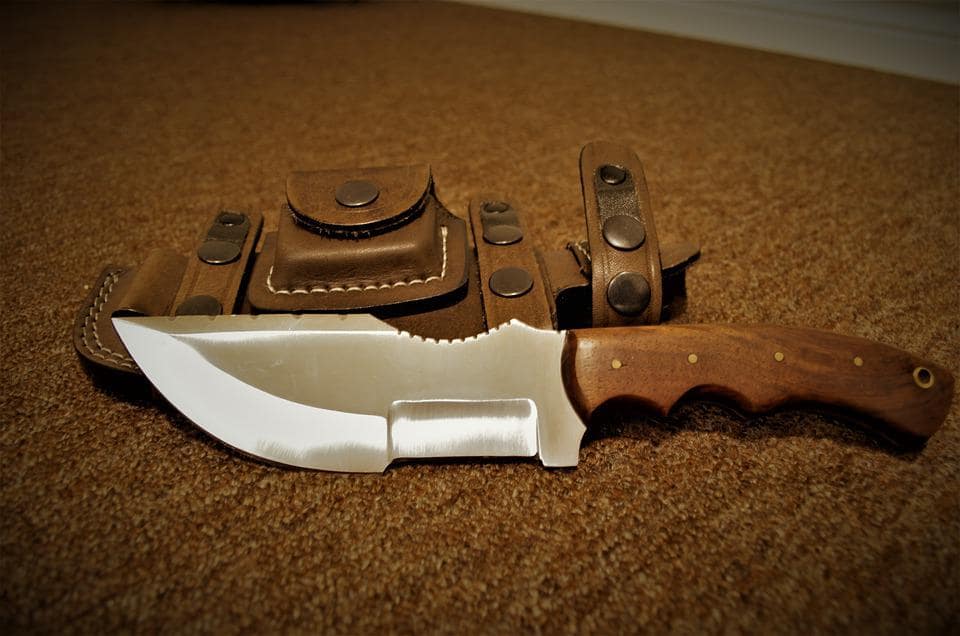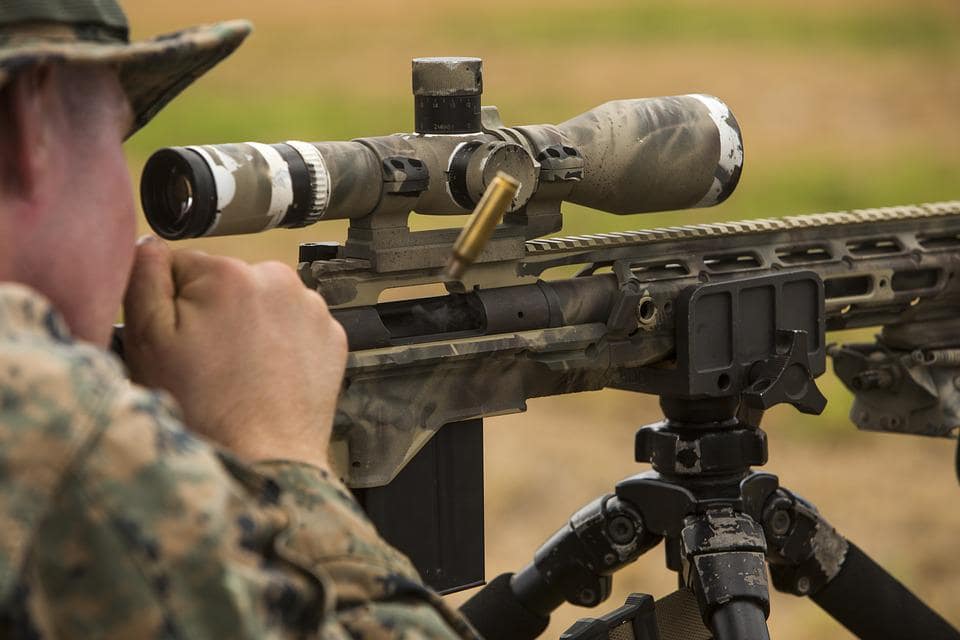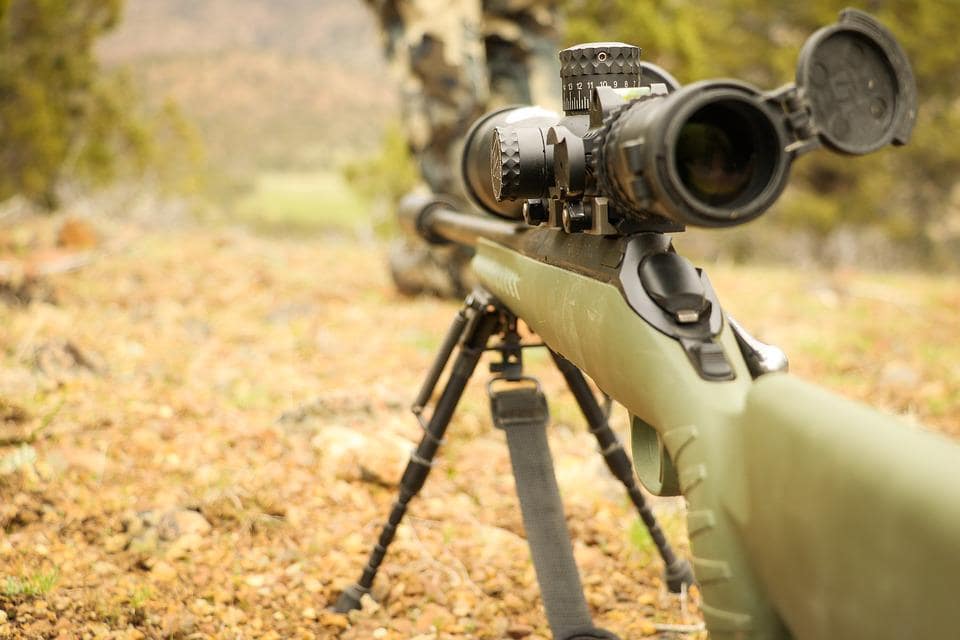Best Hunting Binoculars
Intro
If you are a hunter, then you know the importance of having a good pair of binoculars. Not only do they help you spot your prey from afar, but they also make it easier to take the shot. In this post, we will show you how to choose the best hunting binoculars for your needs. We will also provide reviews of some of the best models on the market today. So whether you are a first-time buyer or just looking to upgrade your current set, read on for all the information you need!
When Buying Hunting Binoculars
When choosing binoculars for hunting, there are a few factors you need to take into account. The first is magnification. This is typically represented by two numbers, such as “12×50”. The first number is the number of times the image will be magnified, while the second number is the size of the objective lens in millimeters. As a general rule, higher magnification is better, but keep in mind that it also makes the image more difficult to stabilize. So if you are going to be using your binoculars from a moving platform like a boat or ATV, you might want to consider lower magnification.
Magnification
Magnification is not the only factor to consider though. You also need to take into account the field of view. This is the amount of area you can see through the binoculars at 1000 yards and is typically represented in feet. A wider field of view is better for tracking moving targets, while a narrower field of view is better for picking out details at long range.
Finally, you need to consider the quality of the optics. This is important regardless of what you are using your binoculars for, but it is especially crucial for hunting. After all, if you can’t see your target clearly, you are not going to be able to take an accurate shot. Look for features like fully multicoated lenses and Bak-four prisms, as these will help to ensure a bright and clear image.
Objective Lens Diameter
The last factor to consider is the size of the binoculars. This is typically represented by the objective lens diameter in millimeters. As a general rule, bigger is better, as larger lenses will let in more light and provide a better image. However, keep in mind that bigger binoculars can be more difficult to carry around and are more likely to attract attention from game animals. So if you are planning on hunting in areas where you need to be stealthy, you might want to consider smaller binoculars.
Tech Features
When it comes to binoculars, there are a few different “bells and whistles” that you might want to look for. One of the most popular is image stabilization, which can be especially helpful if you are using high magnification or trying to view objects in low light conditions. Other features to look for include night vision capabilities and laser rangefinders. These can be very useful if you are planning on hunting in low light or at long range, respectively.
